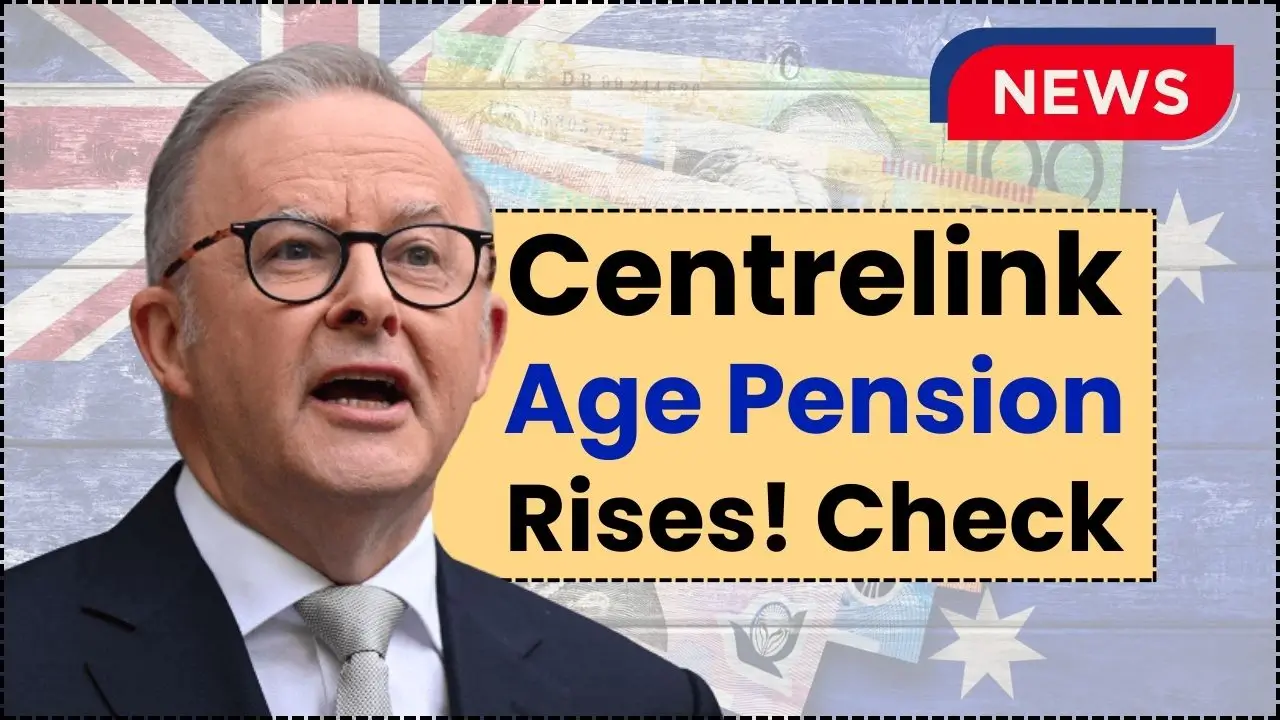Starting September 20, 2025, millions of Australians struggling with the relentless pressures of rising living costs will receive a much-needed financial respite, as the government implements its biannual indexation and adjusts deeming rates for Centrelink payments.

This modest cash boost is a vital lifeline intended to help welfare recipients—including pensioners, job seekers, and those with disabilities—maintain their basic living standards and preserve their human dignity amidst economic strain, marking a necessary acknowledgment of the financial challenges faced by the nation’s most vulnerable citizens.
Centrelink Cash Boost Rolling Out
| Key Fact | Detail |
|---|---|
| Number benefiting | More than 5 million people |
| Age Pension increase | + AUD 29.70 fortnightly (single) |
| JobSeeker increase | + AUD 12.50 fortnightly (single, no children) |
| Deeming rate change | Lower: 0.75%; Upper: 2.75% |
Australia’s forthcoming Centrelink cash boost, though modest in scale, carries a profound humanitarian significance, as it represents a timely acknowledgment of the relentless economic strain faced by the nation’s most vulnerable.
As tens of thousands of individuals and families begin to receive these higher payments in the coming days, recipients, analysts, and policymakers must critically assess whether this incremental support truly allows people to maintain their dignity and basic necessities, moving beyond mere compliance to genuinely address the acute pressures of inflation and the deep-seated challenge of economic inequality across the country.
What the Changes Entail
Indexation of Welfare Payments
From 20 September 2025, several Centrelink payments will be updated to reflect inflation. According to The Guardian, this indexation affects the Age Pension, Carer Payment, Disability Support Pension, JobSeeker, Parenting Payment, and Commonwealth Rent Assistance.
For example:
- Age Pension (single): will rise by AUD 29.70 per fortnight, reaching AUD 1,178.70.
- JobSeeker Payment (single, no children, aged 22+): will increase by AUD 12.50 to AUD 793.60 per fortnight.
- Commonwealth Rent Assistance will also receive small upward adjustments.
These changes are processed automatically — recipients need not reapply. The adjustments aim to preserve the real purchasing power of welfare payments amid inflation.
Deeming Rates Revised
In tandem with indexation, deeming rates—used to assess income from financial assets—are being increased after a five-year freeze. The lower deeming rate rises to 0.75%, and the upper rate becomes 2.75%.
These changes may reduce payments for some pensioners whose deemed income exceeds their actual returns. ABC notes that pensioners holding larger financial assets are most affected.
Who Gains — and Who May Lose
More than 5 million Australians stand to benefit from the payment increases. Most will see modest boosts to help with cost-of-living pressures. However, the deeming rate rise could partially offset gains for those with significant financial assets. Some part-pensioners may see reduced benefit increases or even net losses depending on their assets.
Advocates caution that while the increases are welcome, they may not be sufficient to meet the challenges faced by people on low incomes. Jeremy Poxon, a poverty campaigner, described the boost as “modest” relative to the scale of financial need.
What Recipients Should Do
- Check your payment schedule or myGov after 20 September to see your new amount.
- Review notices from Services Australia about changes in your rate or deeming adjustments.
- Be aware of how the new deemed income assessment may affect recipients with assets.
- Understand that this is a routine adjustment, not a special one-off bonus.
Context & Significance
Australia’s welfare system uses biannual indexation (March and September) to align payments with inflation and wage movements.This round of changes comes amid broader concerns over cost-of-living pressures and how well social support keeps pace. Some critics argue that welfare indexes fail to close the gap between income support levels and poverty thresholds.
Deeming adjustments reflect the government’s attempt to balance support with fairness to the overall tax base. Yet the timing and interaction with asset tests will be closely scrutinized.
















